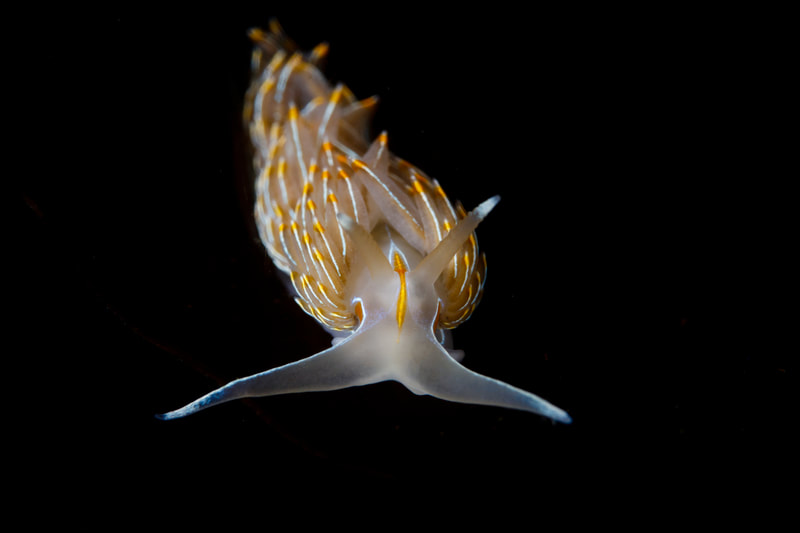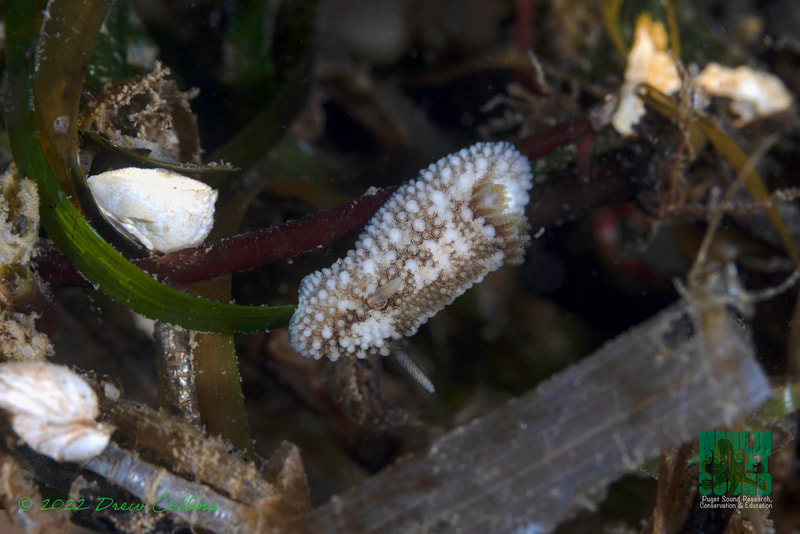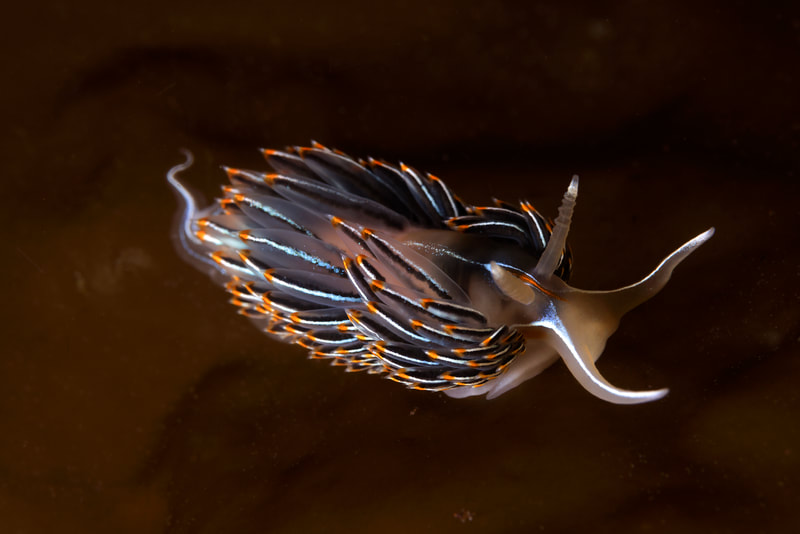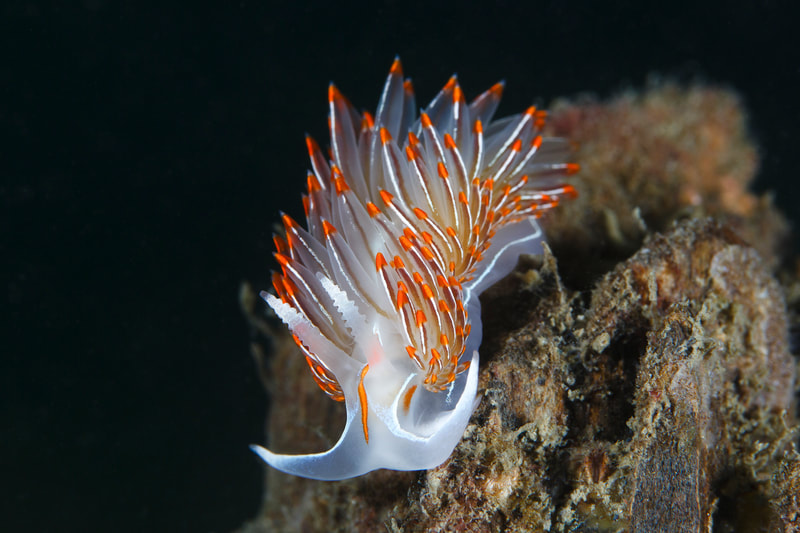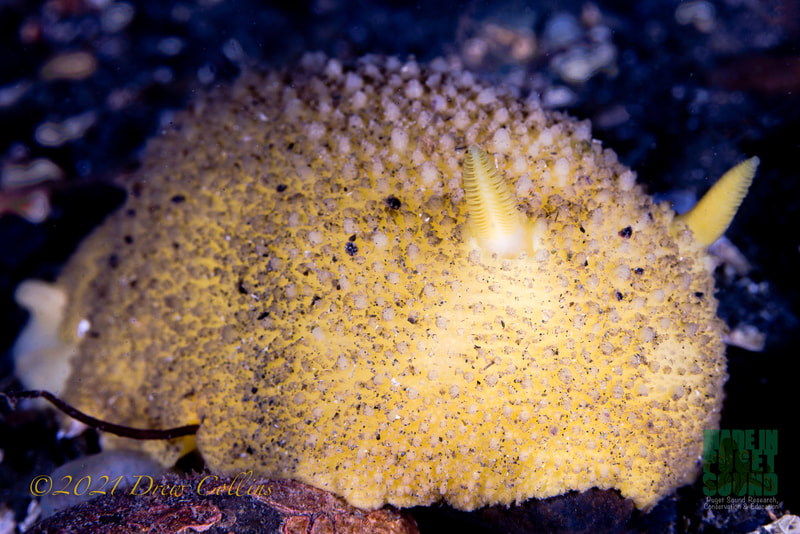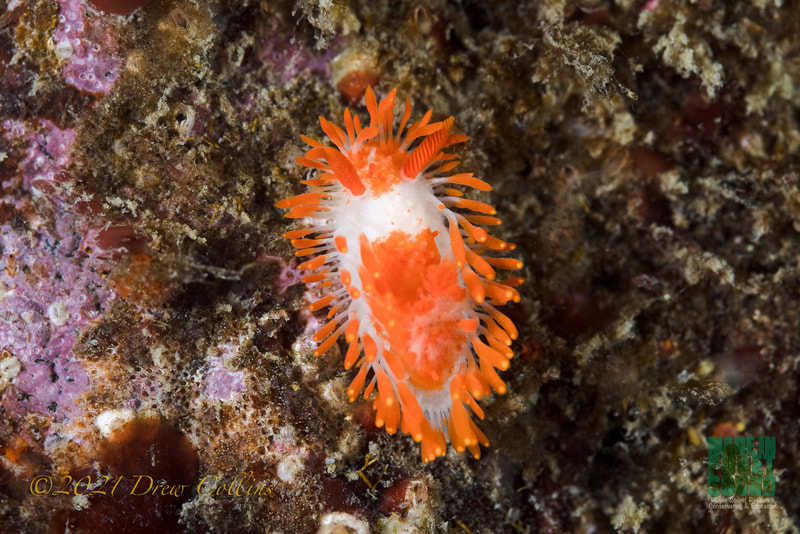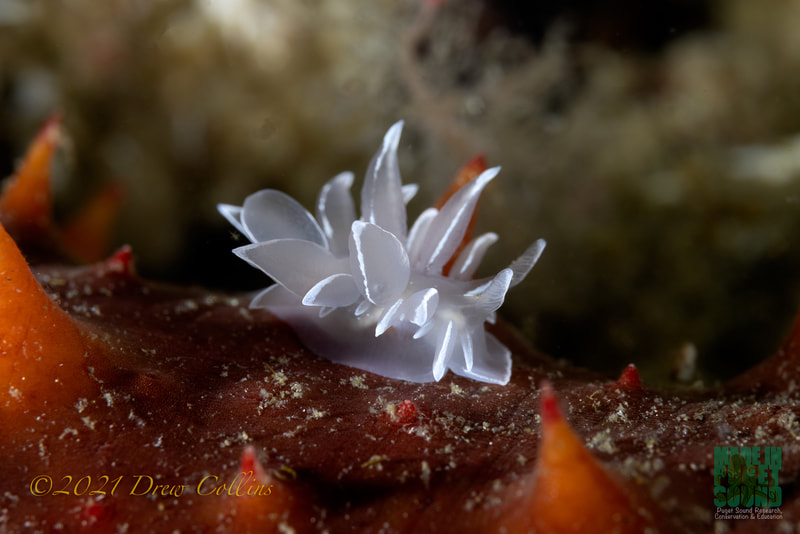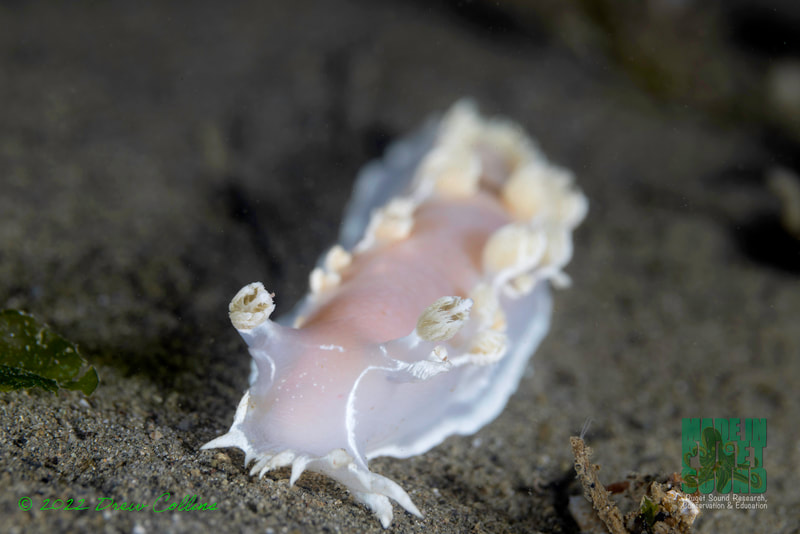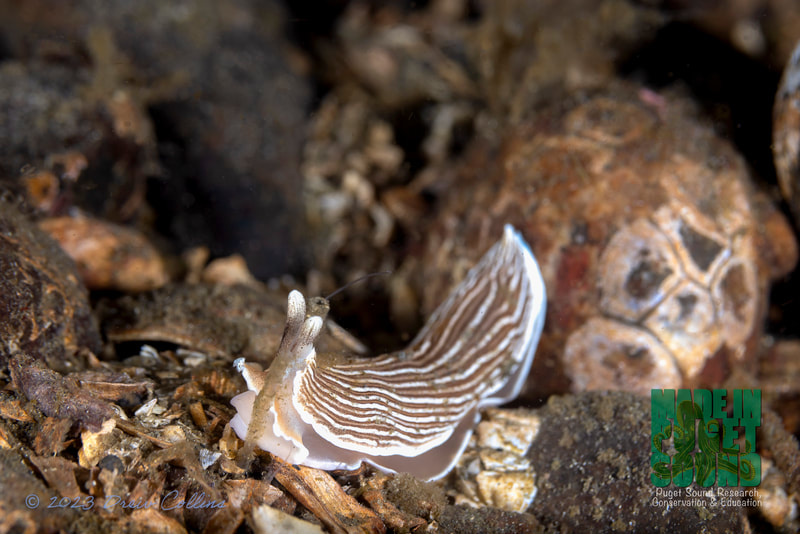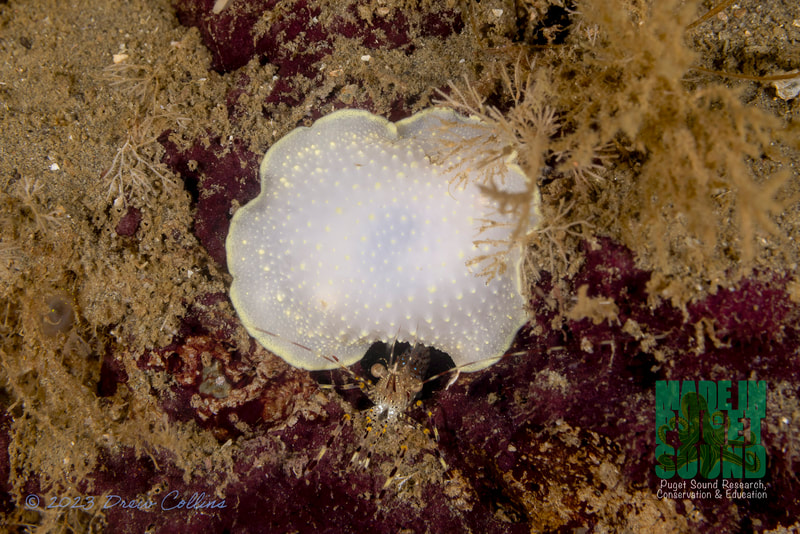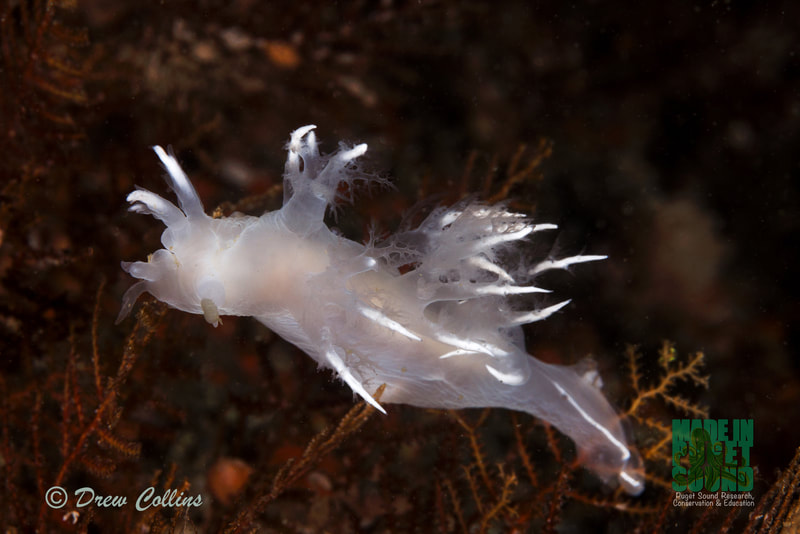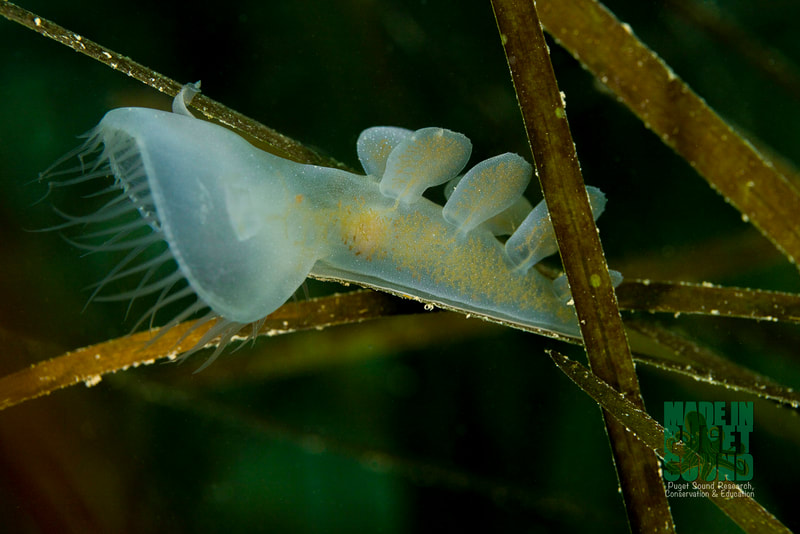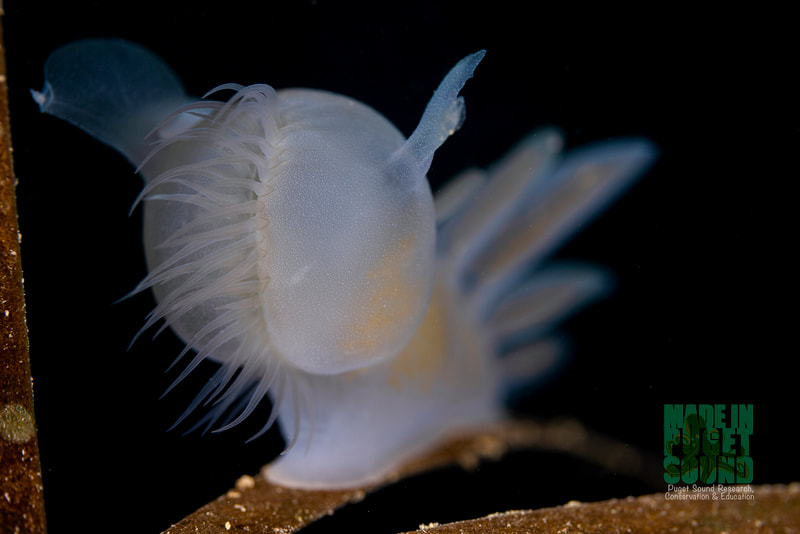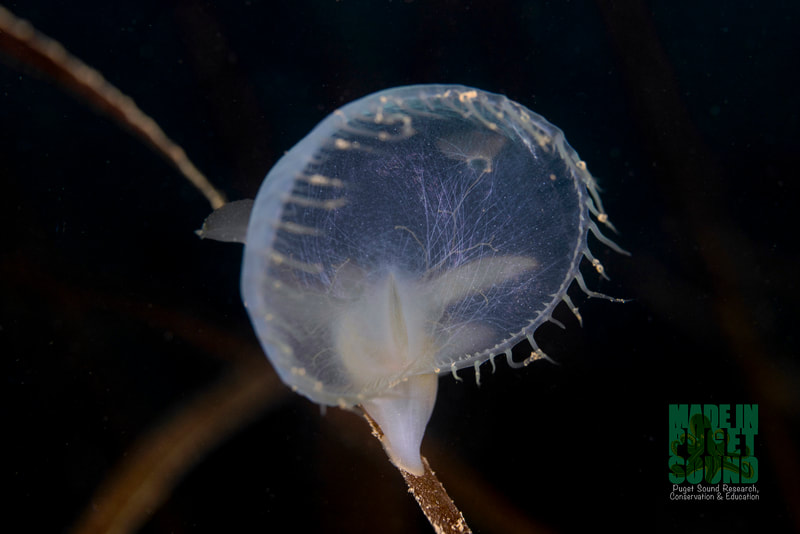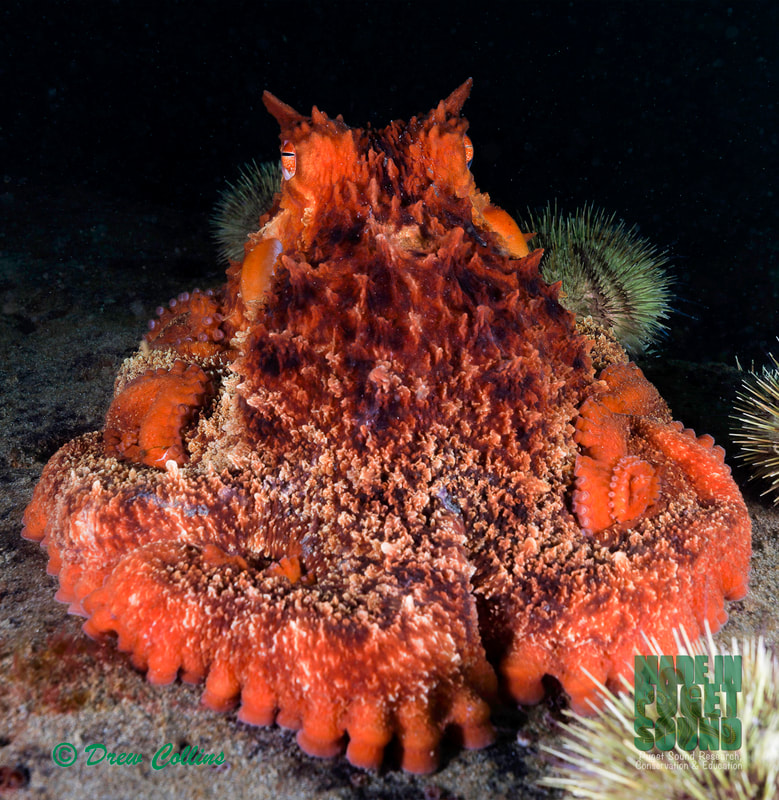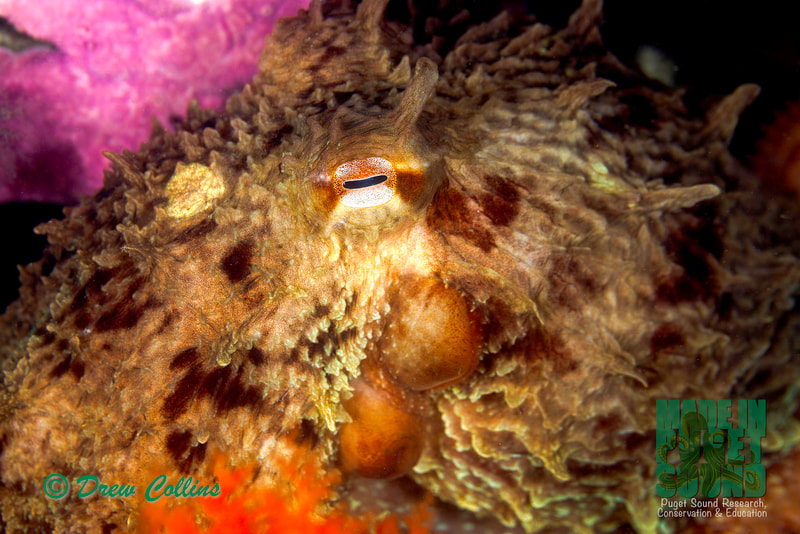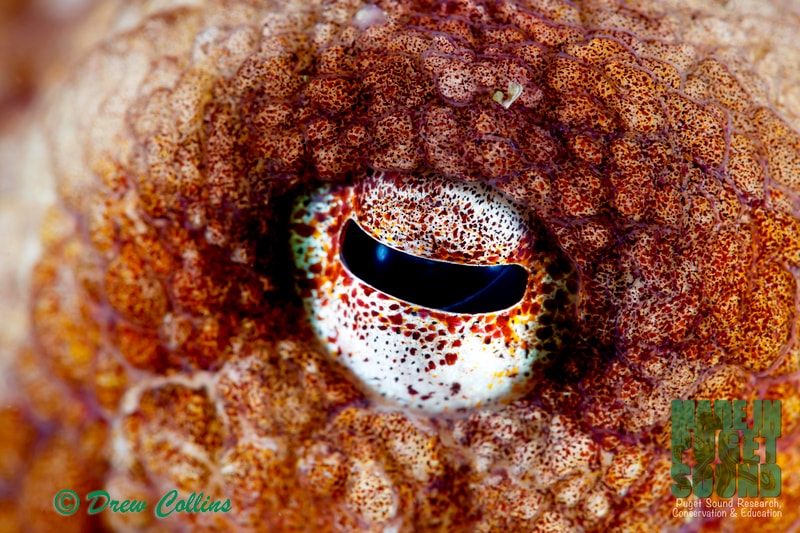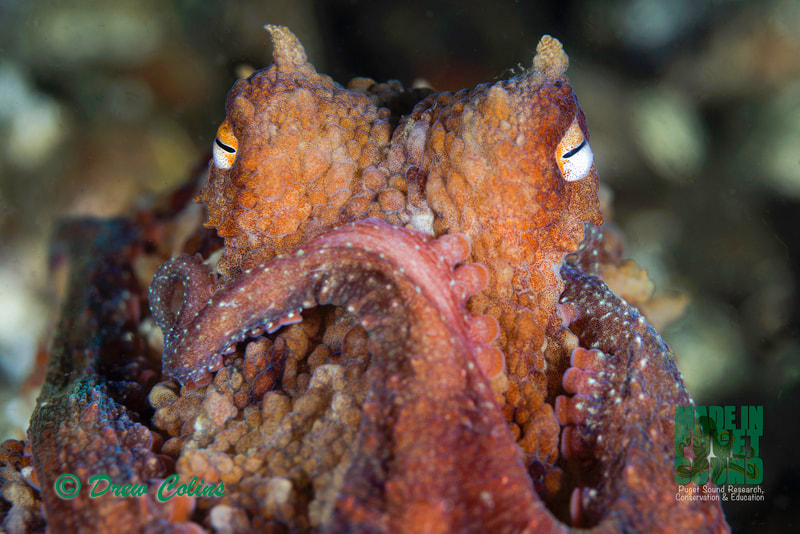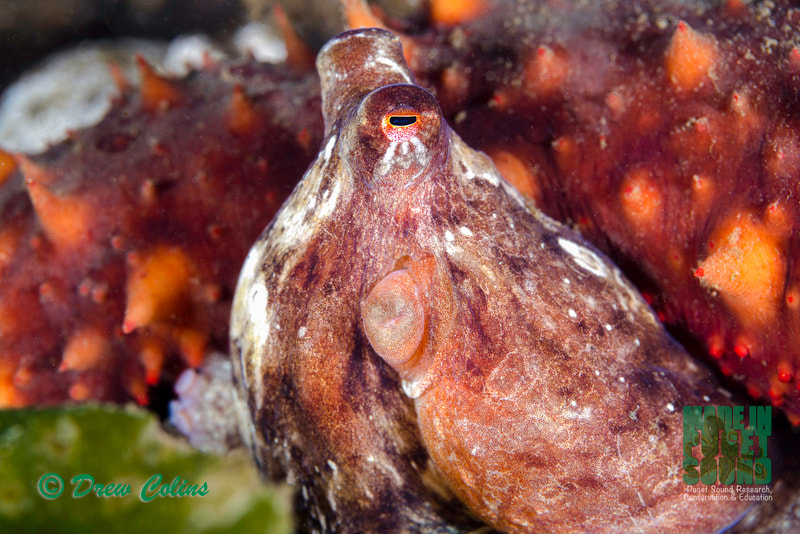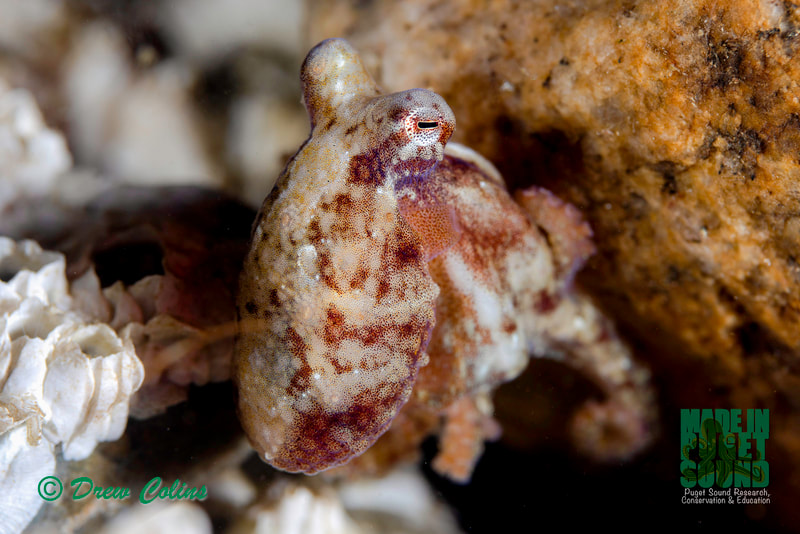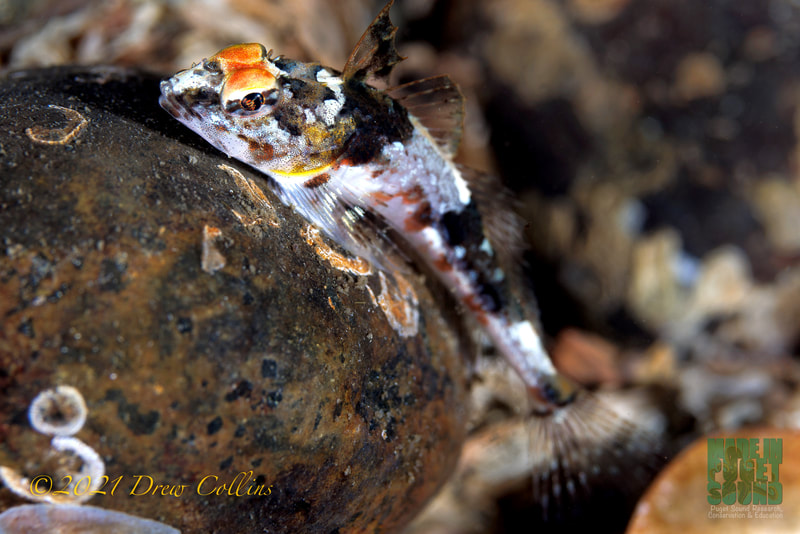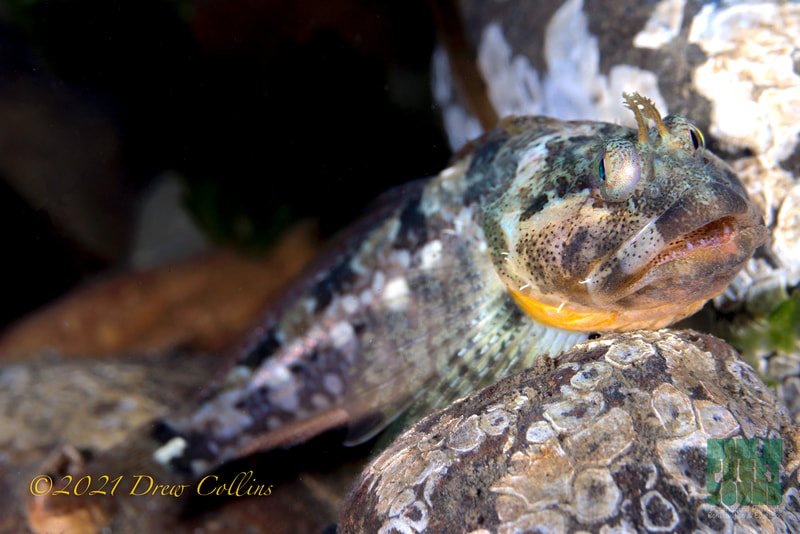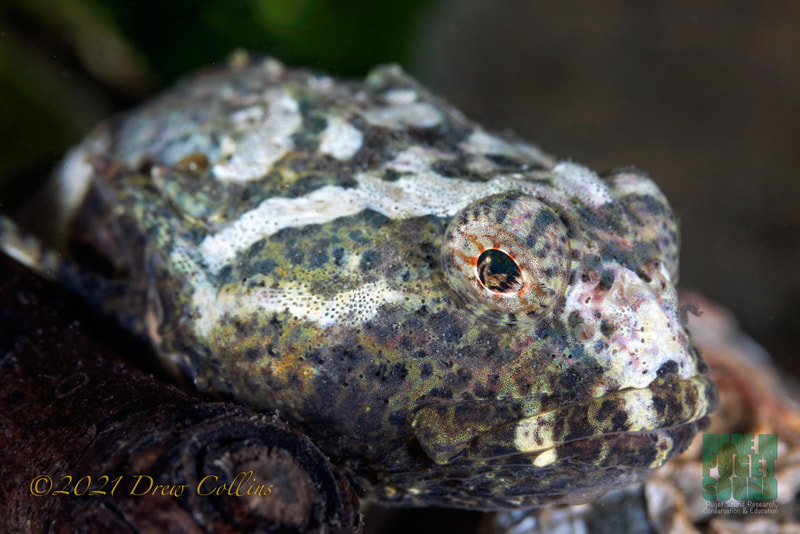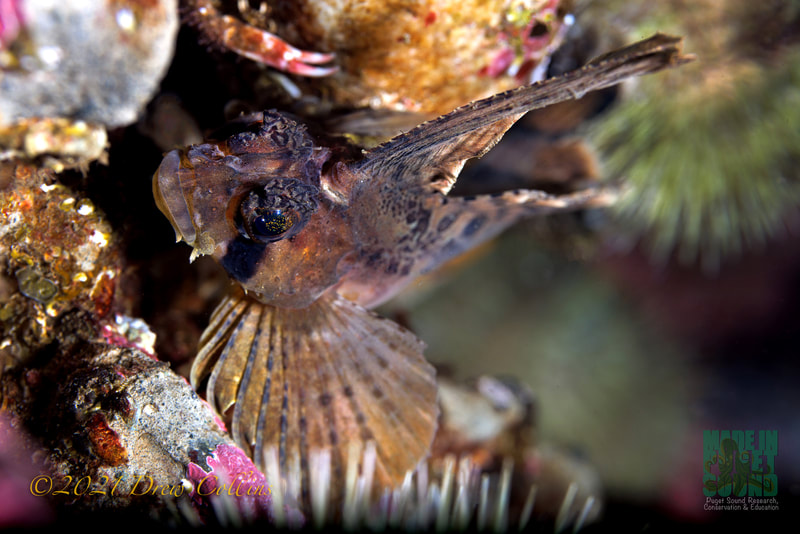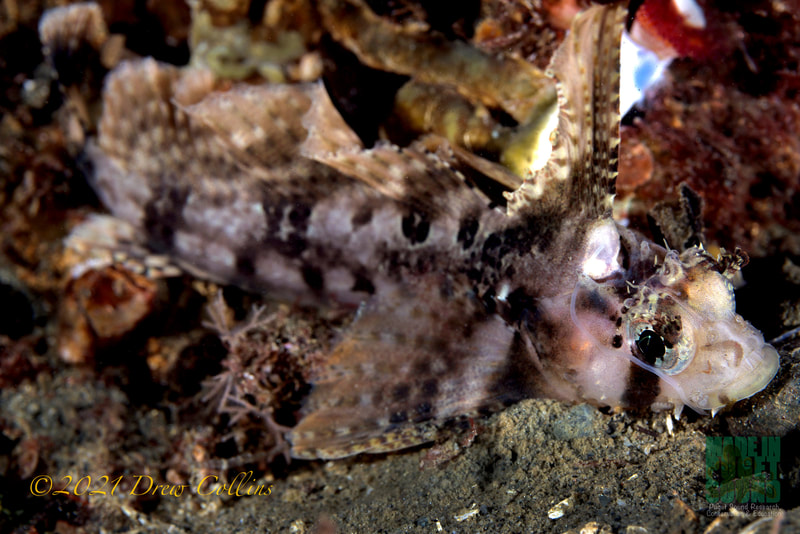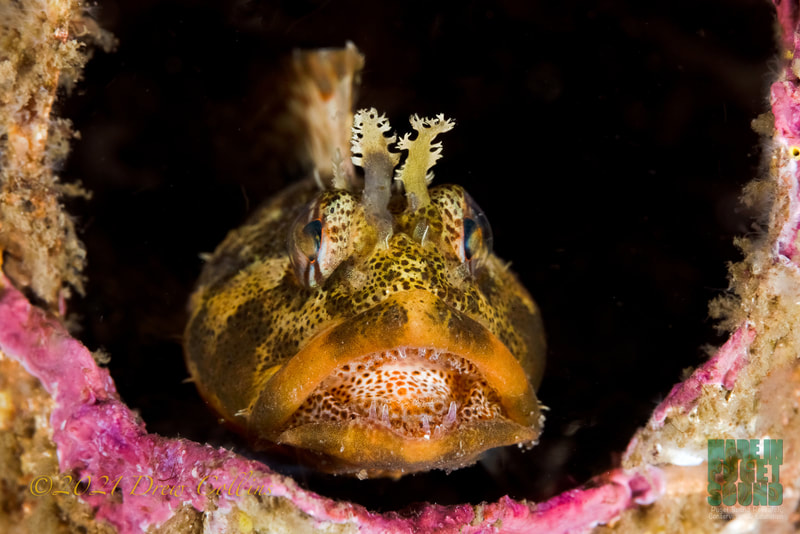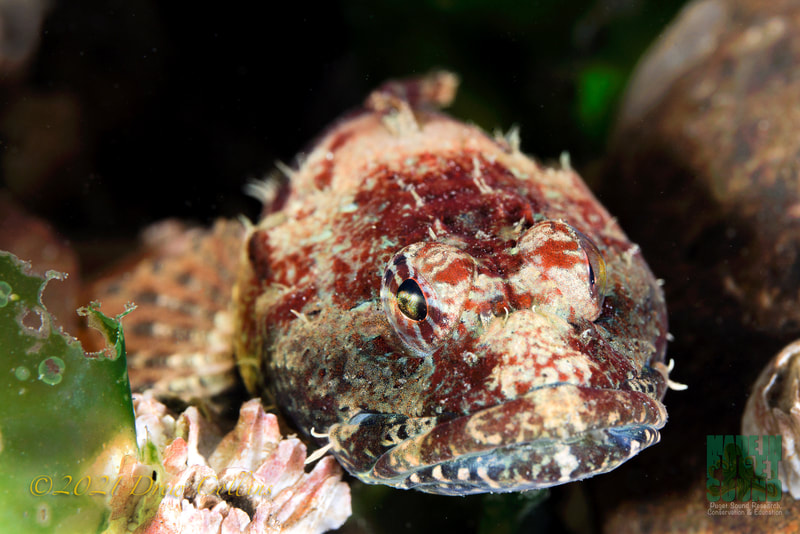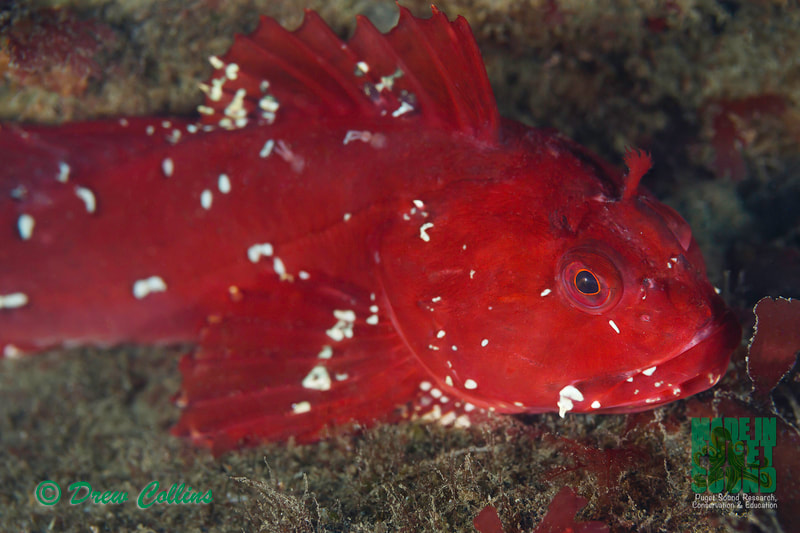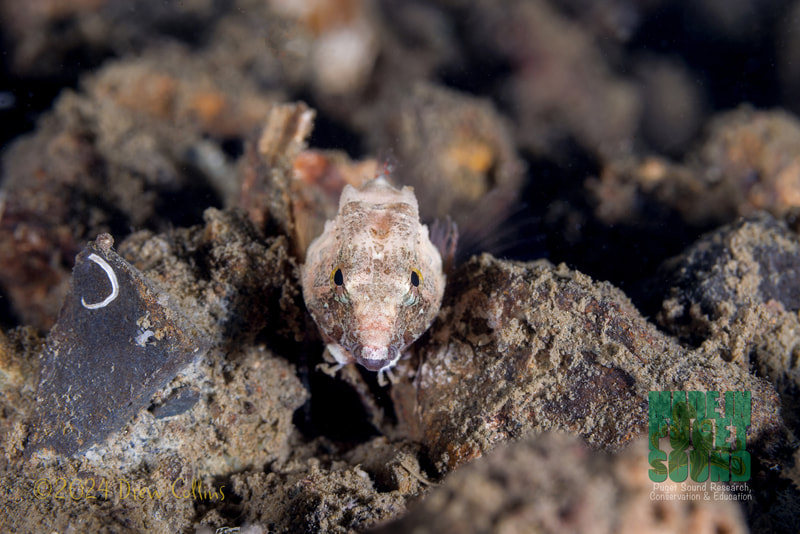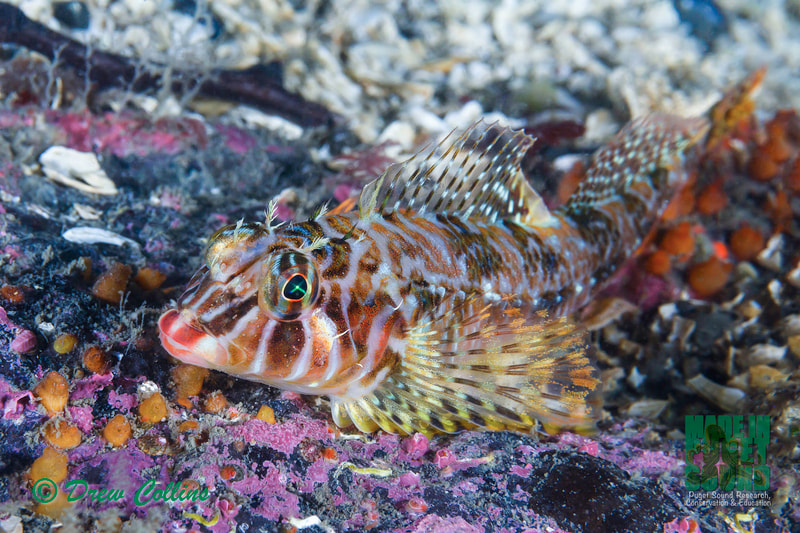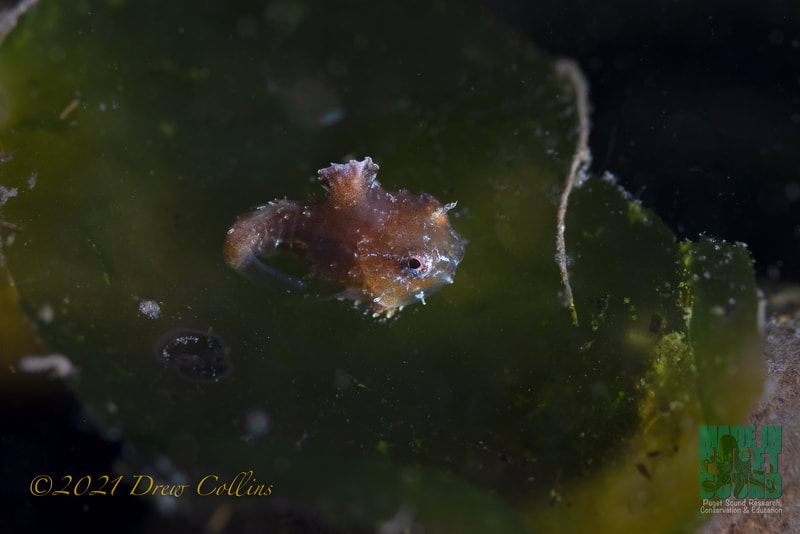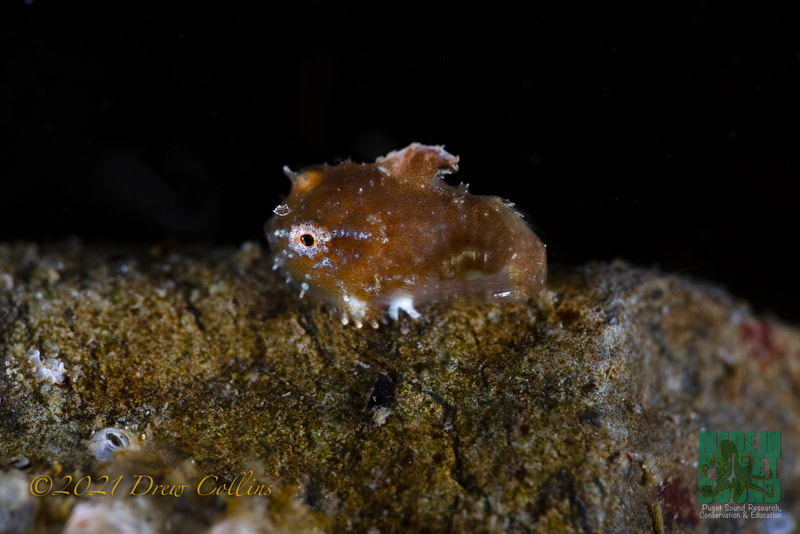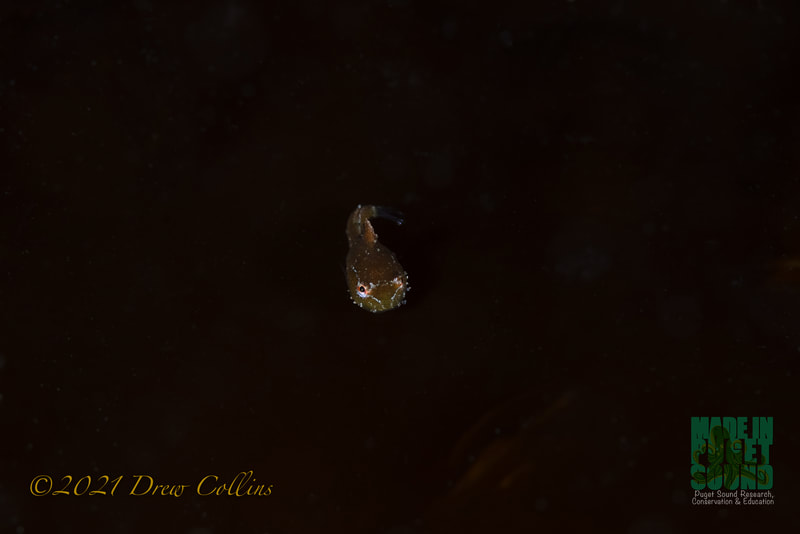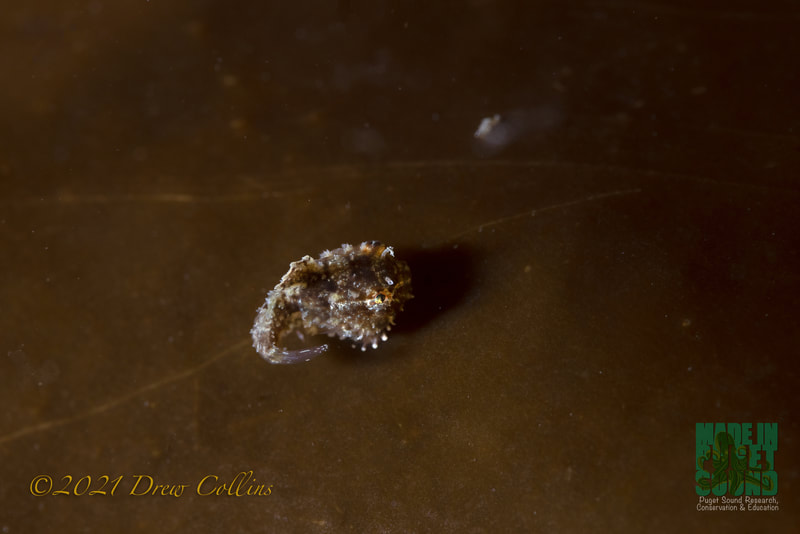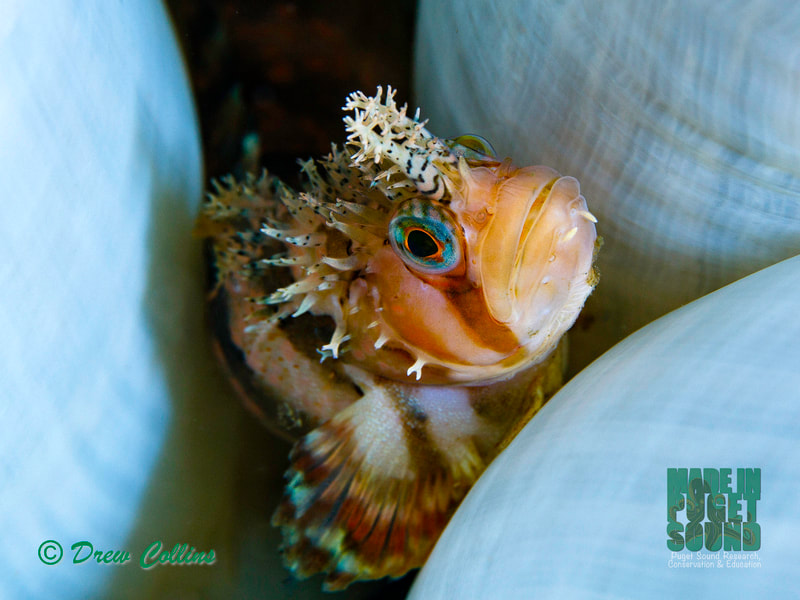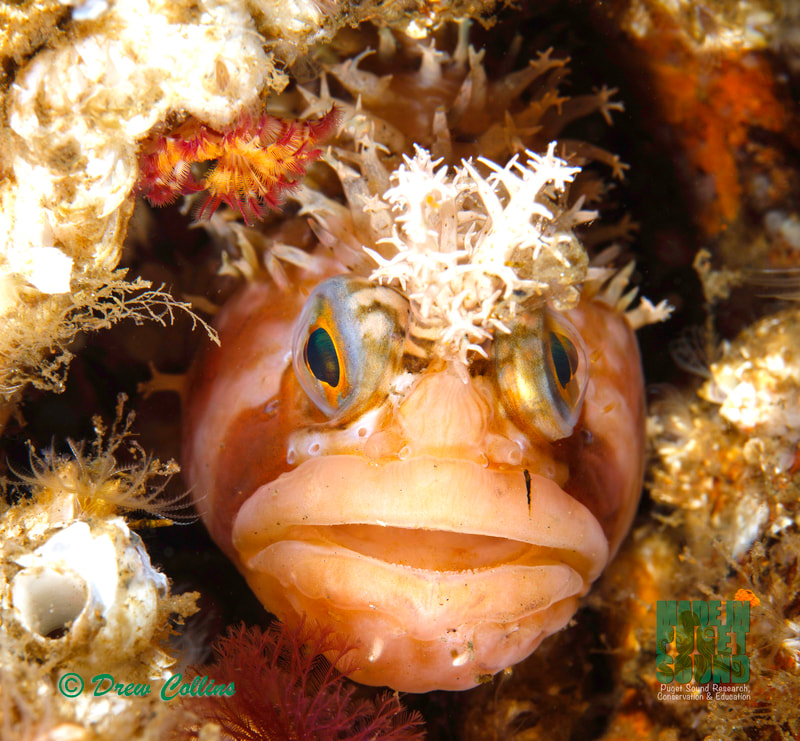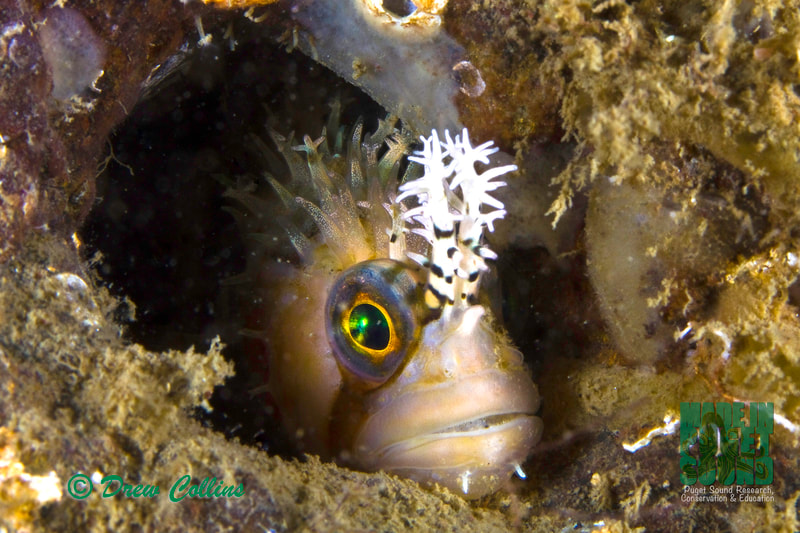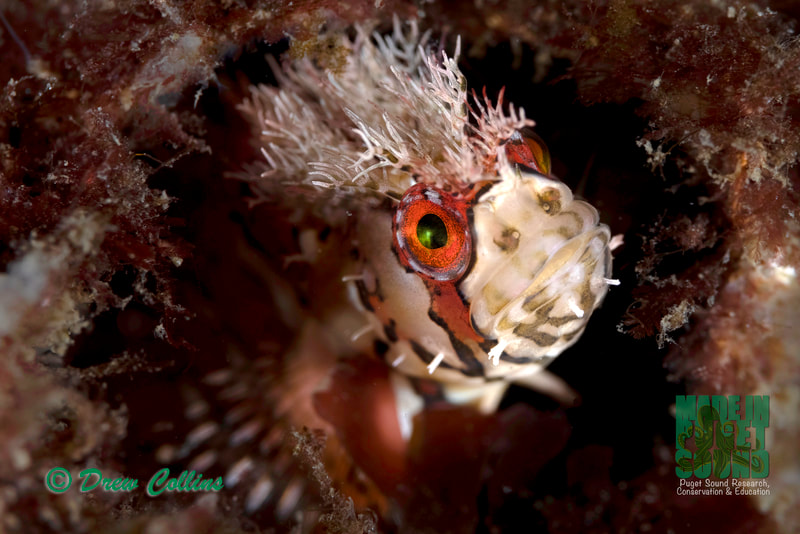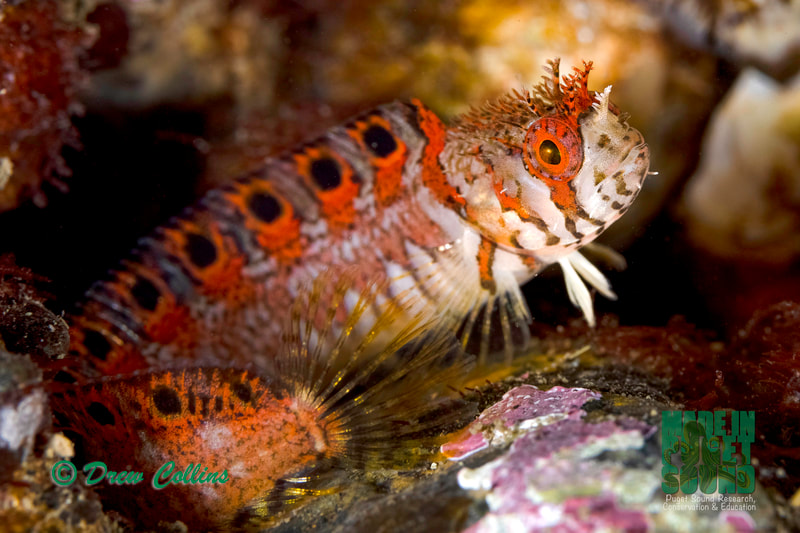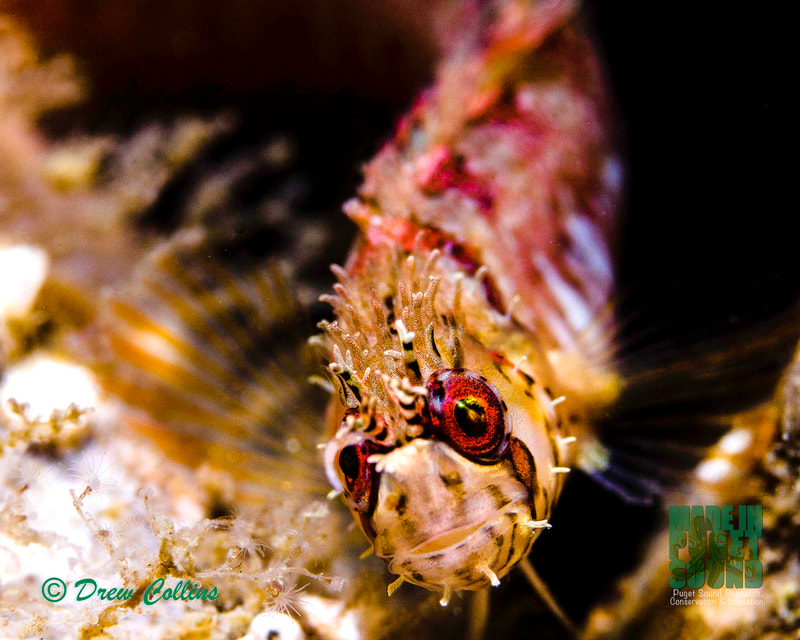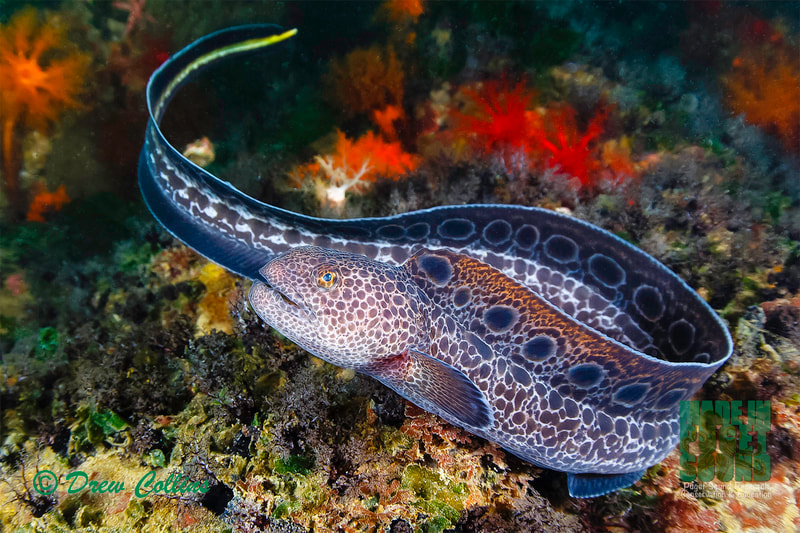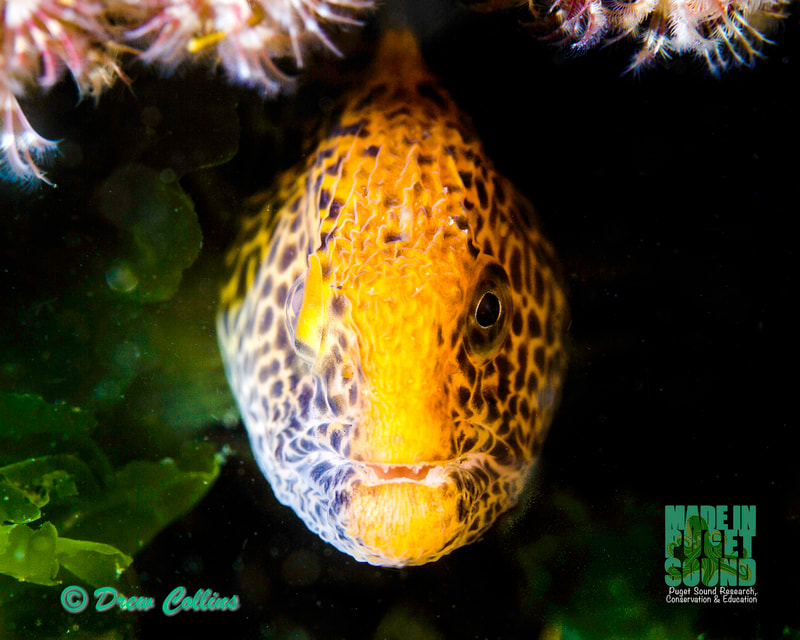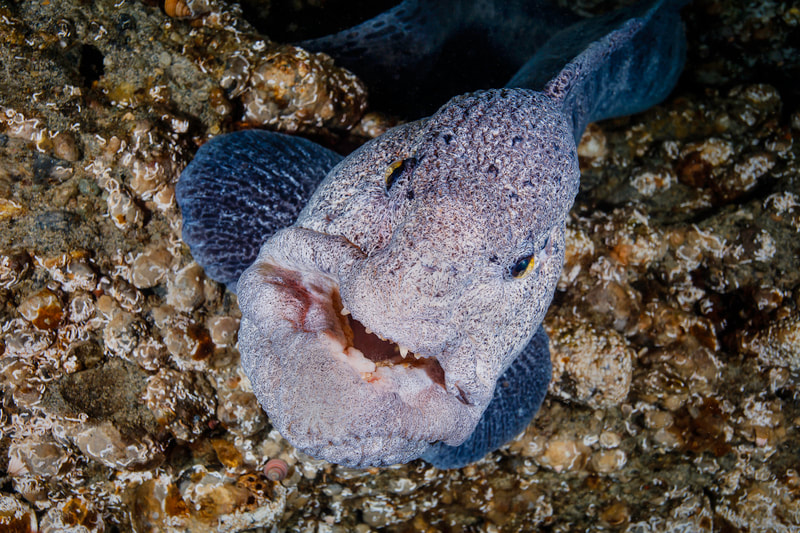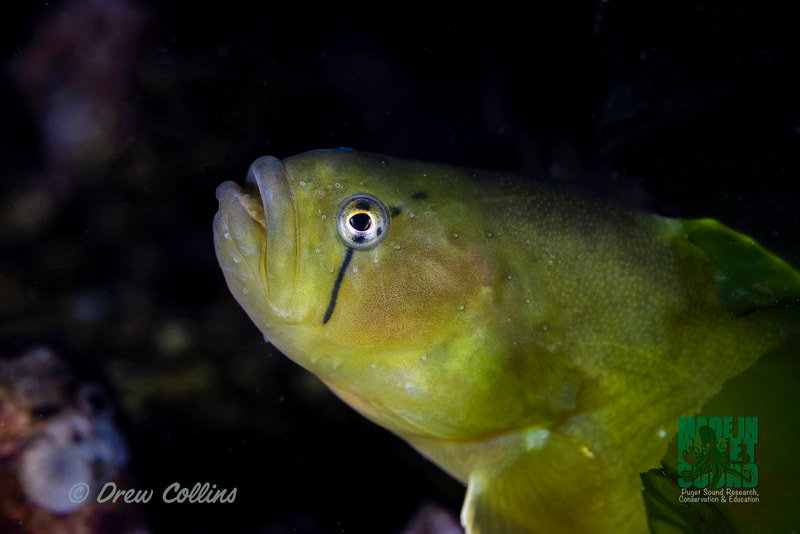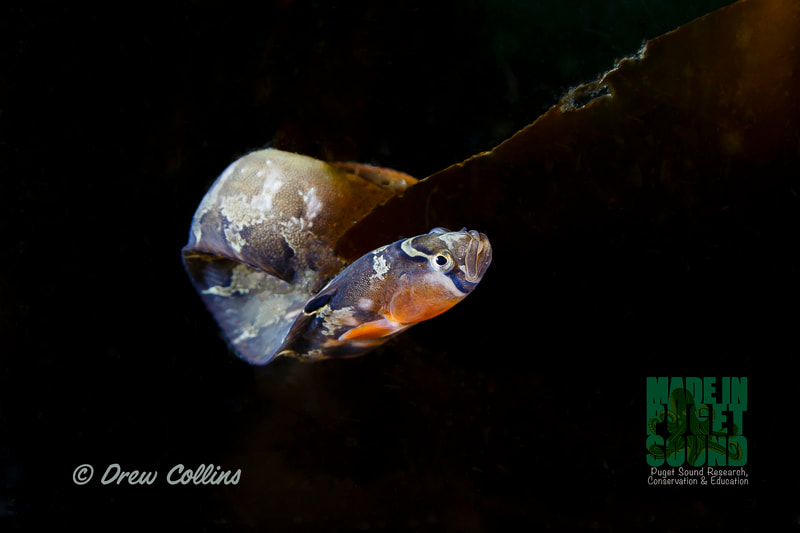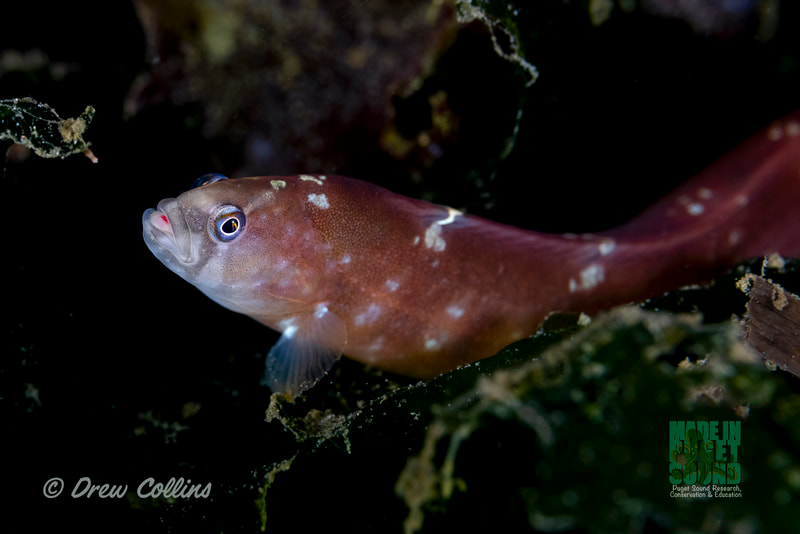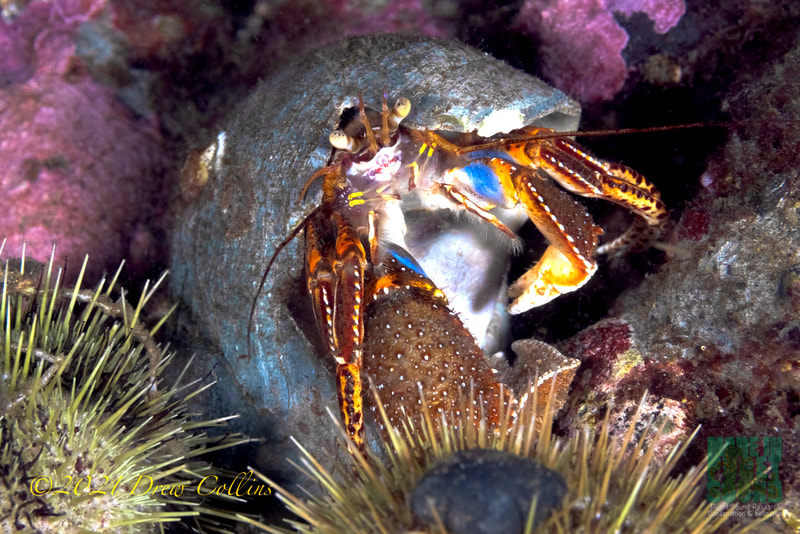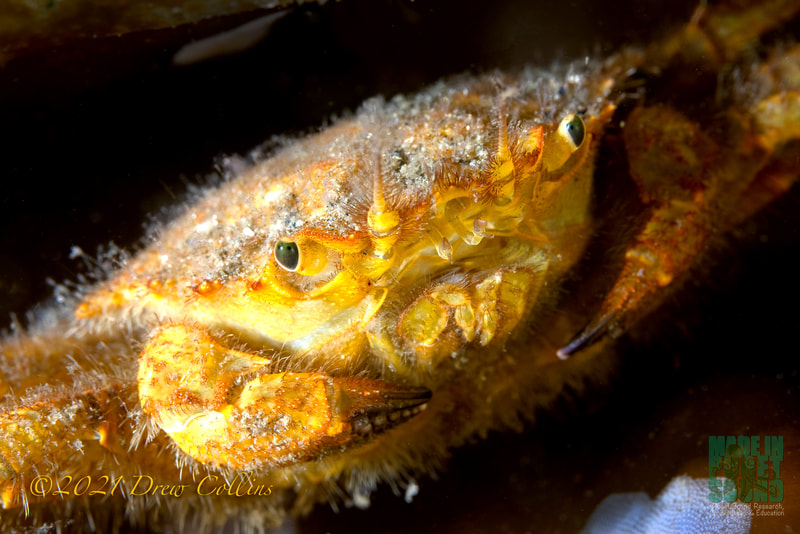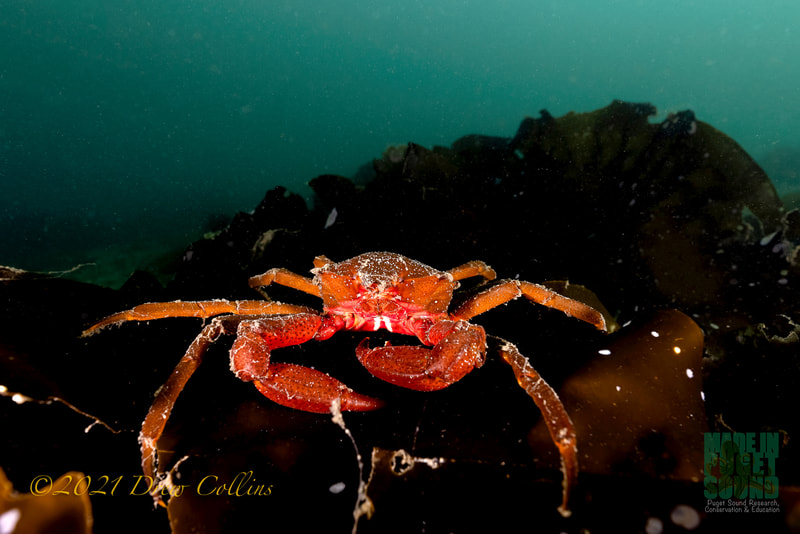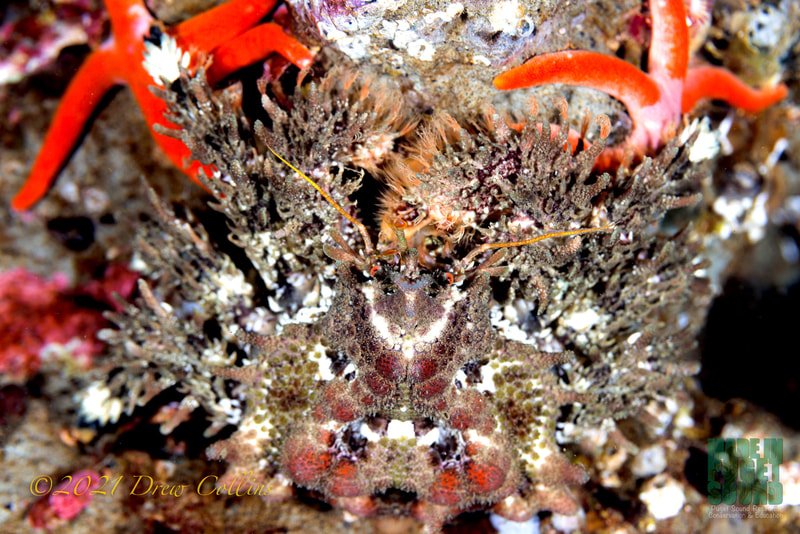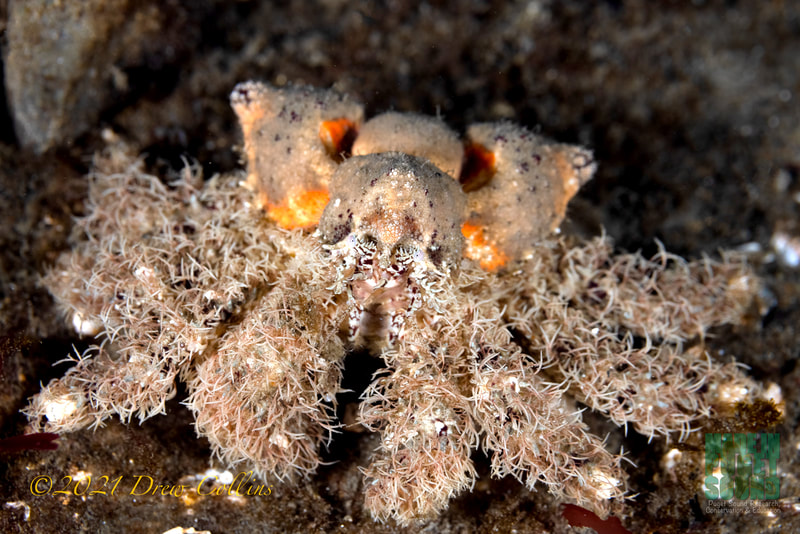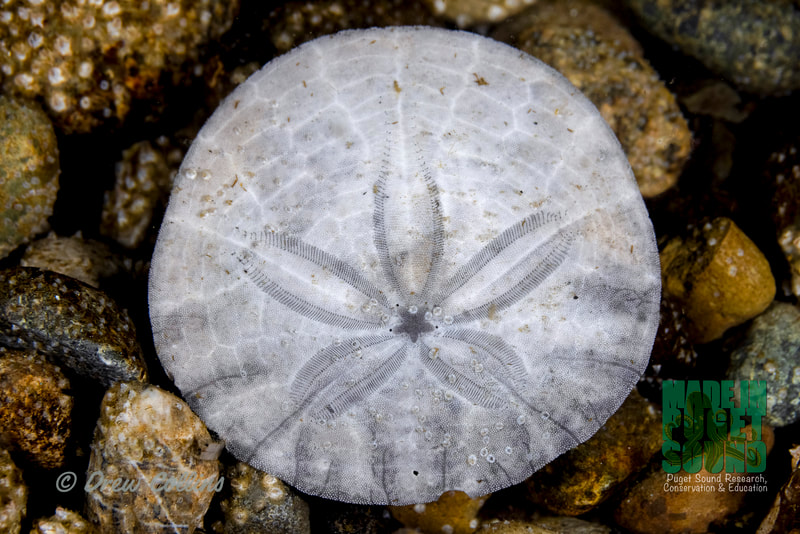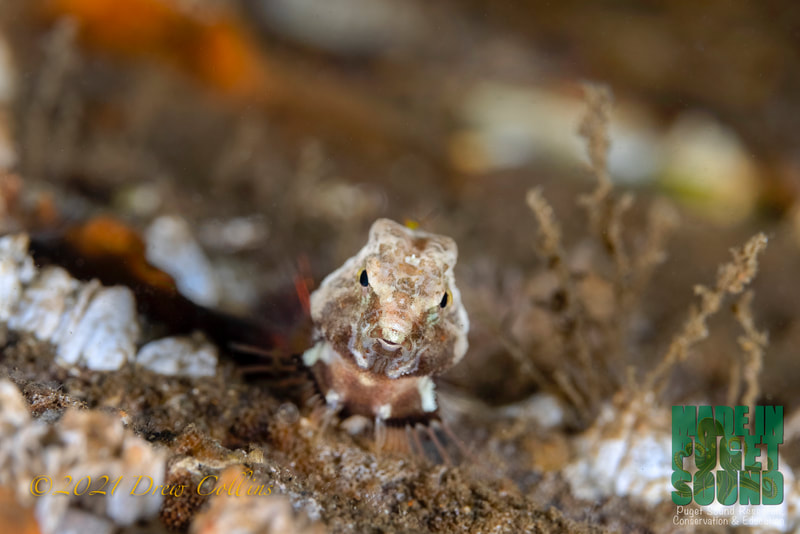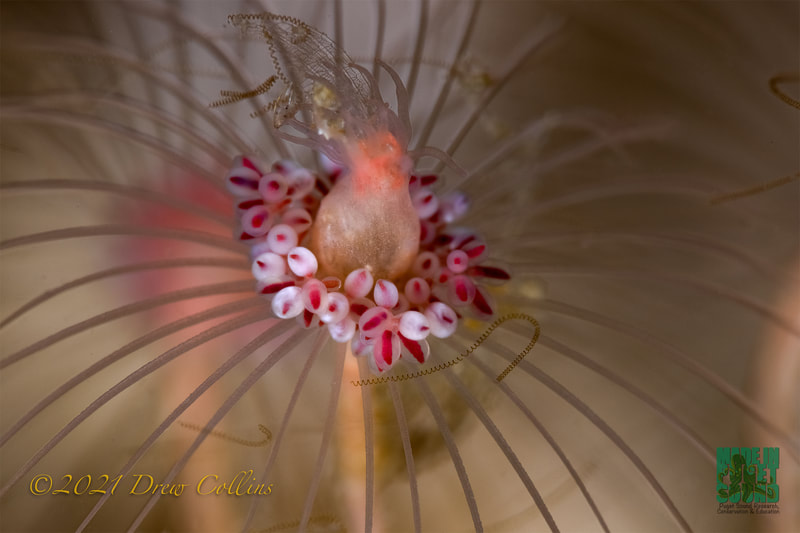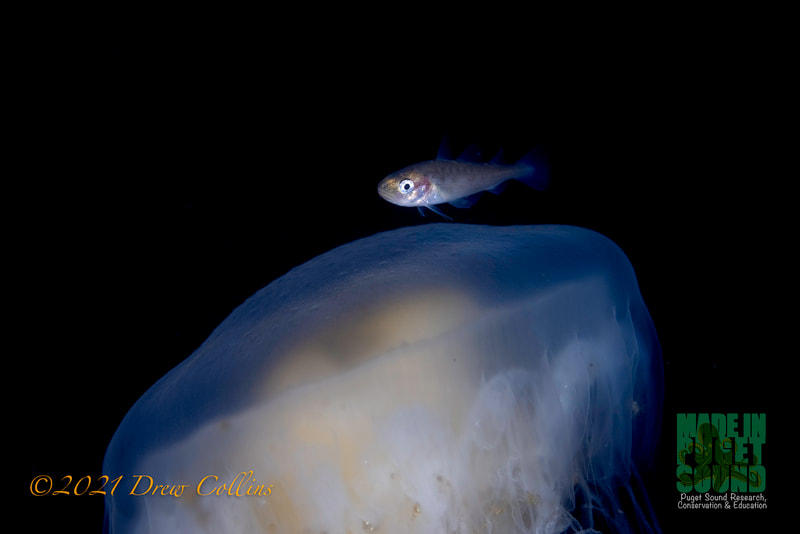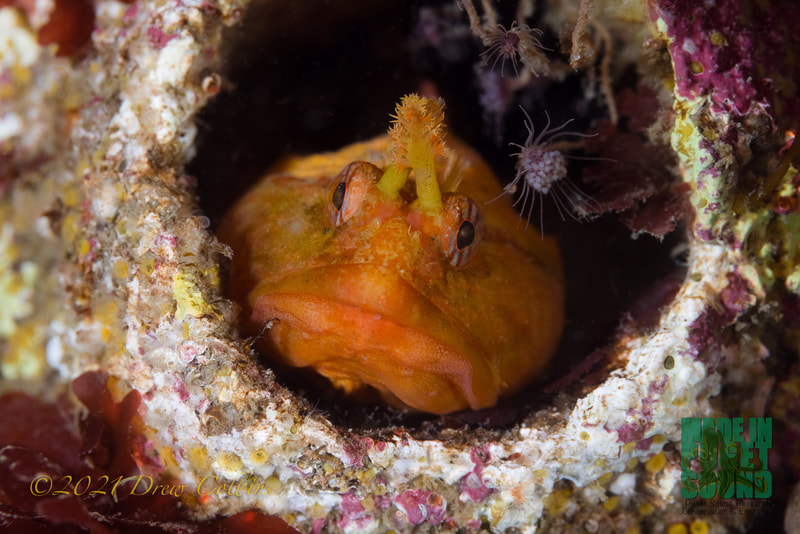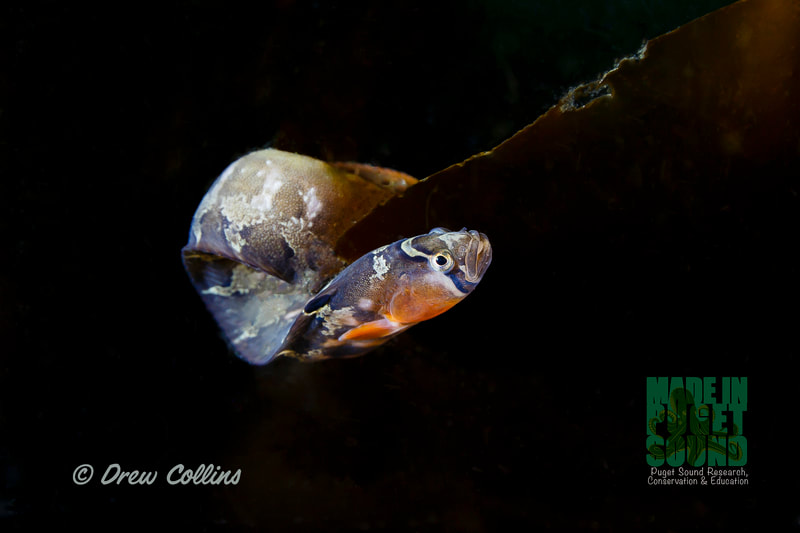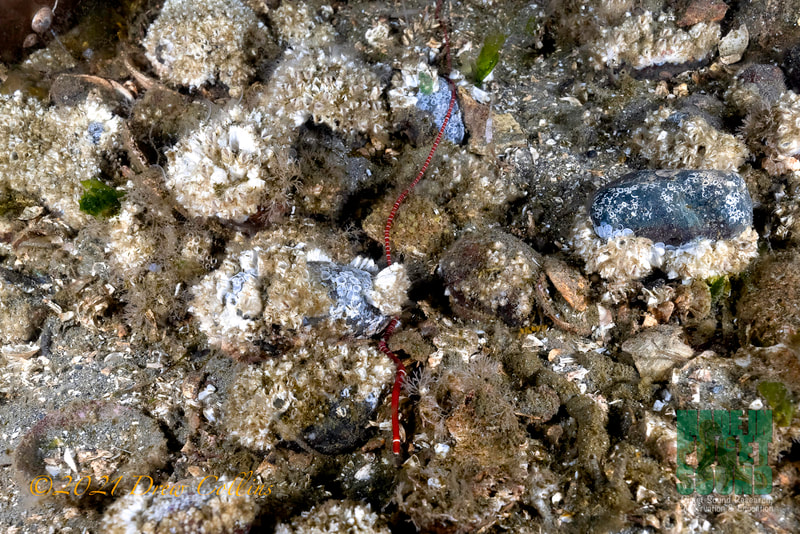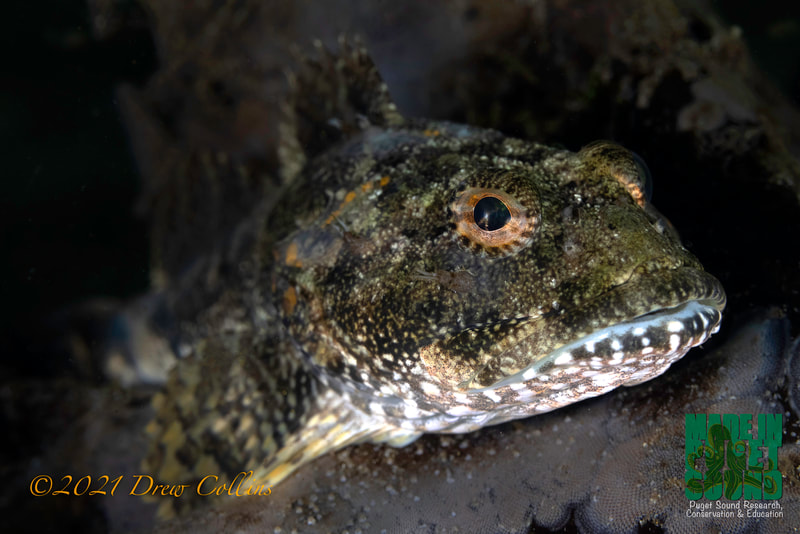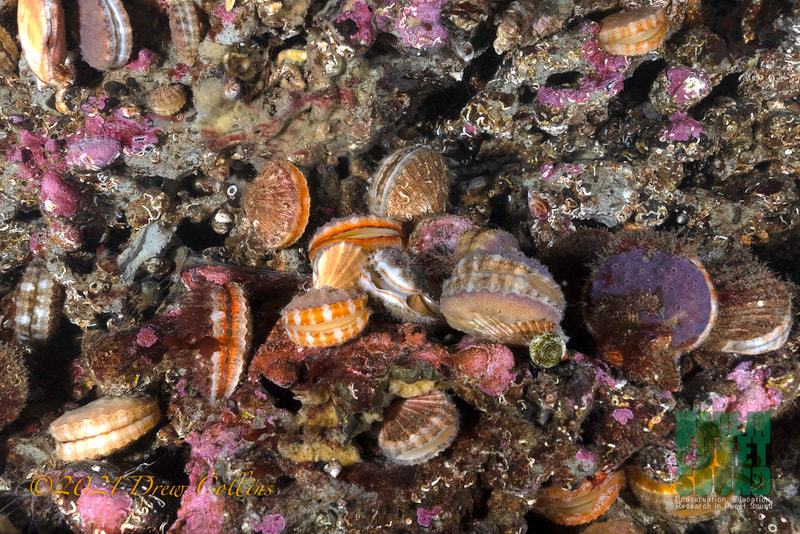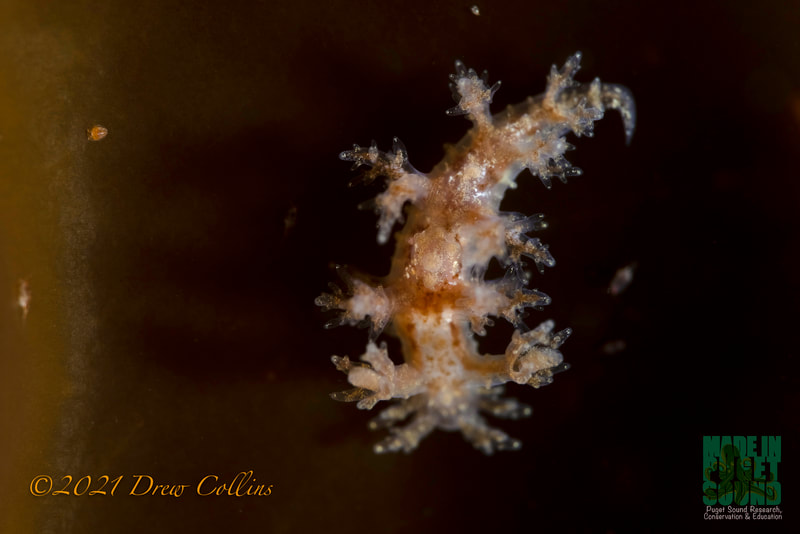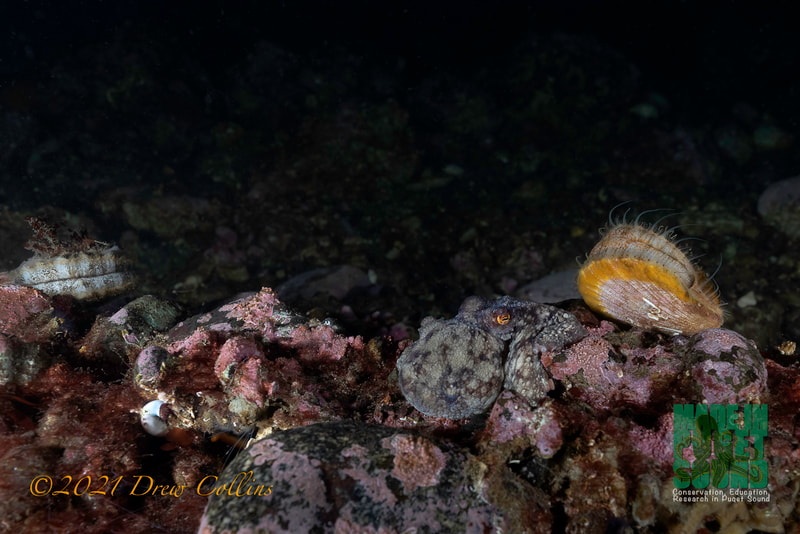Conservation and Animal Identification
'We’ve sacrificed too much nature during our lifetime'
The first and most important part of conserving our wildlife is identifying our wildlife. Made In Puget Sound is working hard to bring rarely seen, and the nearly impossible areas to explore underwater of Puget Sound, to the surface for all. Our researchers and marine biologists continually explore our local waters in ways never before attempted. Our divers, videographers, and drone operators research places that other researchers are unable to explore.
Sacrificing nature comes at steep cost. Continual population growth brings increasing traffic, pollution, and loss of habitat. Salmon runs, habitats, and populations are down over 90% in less than 100 years. The Southern Resident Orca numbers are falling every decade. We have fewer octopus, vertebrates, invertebrates, and many species that scientists are unable to track. Much of what we need to learn about and report on is out of view and out of reach.
Below is our catalog of many species found in Puget Sound. We are continually adding more plants and animals to the list.
We welcome other local explorers to get involved as well.
Also learn from our important underwater research work including videos and still images:
4KVideos
Video Shorts
HD Videos
Tropical Wildlife Stills
Sacrificing nature comes at steep cost. Continual population growth brings increasing traffic, pollution, and loss of habitat. Salmon runs, habitats, and populations are down over 90% in less than 100 years. The Southern Resident Orca numbers are falling every decade. We have fewer octopus, vertebrates, invertebrates, and many species that scientists are unable to track. Much of what we need to learn about and report on is out of view and out of reach.
Below is our catalog of many species found in Puget Sound. We are continually adding more plants and animals to the list.
We welcome other local explorers to get involved as well.
Also learn from our important underwater research work including videos and still images:
4KVideos
Video Shorts
HD Videos
Tropical Wildlife Stills
Below is a quick reference to a few of our more popular animals we spot on a regular basis.
Your browser does not support viewing this document. Click here to download the document.
All still images below were shot with Canon R5 mirrorless camera in Puget Sound and Hood Canal.
No animals were touched, moved, staged or harmed during any processes.
No animals were touched, moved, staged or harmed during any processes.
Chitons, Bivalves, Nudibranchs, Octopus
Nudibranchs
Most of the animals in these categories are small, usually in shallow water, many have a hard outer shell and a radula (tongue) for scraping the surface to get their food. Nudibranchs do not have eyes. They have a rhinophores with special receptors at the front end of their bodies. When they sense danger, they're withdrawn for safety.
Octopuses
There are three types of octopuses in Puget Sound waters. The Giant Pacific, the largest and smartest octopus in the world. The Pacific Red, a small octopus very similar to the GPO. And the Smoothskin. Rarely seen because they only live in the deep and are only seen when they die and wash up on shore.
Vertabrates
Vertebrates have a skeletal structure with a spinal column - backbone. Invertebrates do not have a backbone. Vertebrates also have a well-developed internal skeleton of cartilage and bone and a highly developed brain that is enclosed by a skull. In our waters they can range in size from tiny to very large.
Sculpins
Pacific Spiny Lumpsuckers
Wolf eels, Warbonnets, Gunnels
Sea Stars, Sea Urchins, Sand Dollars, Feather Dusters
These animals are any member of the phylum Echinodermata of marine animals. The adults are recognizable by their radial symmetry, and include sea stars, sea urchins, sand dollars, sea cucumbers, and others.
Sea Spiders, Crabs, Shrimps, Barnacles, Sand Dollars
Various animals in Puget Sound, Hood Canal and the Salish Sea
Your Contributions make our work possible
We’re motivating people to get involved through our innovative technology and research programs
making our Puget Sound region a greener and healthier place to live.
making our Puget Sound region a greener and healthier place to live.
